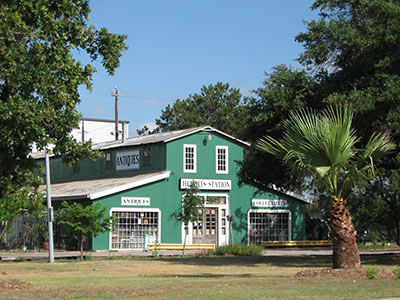
Several retail outlets near the railroad tracks at the base of Heights Blvd. near Center St. are complaining that traffic changes accompanying the new Washington Ave. quiet zone have already hurt their businesses. Department of Public Works spokesperson Alvin Wright tells Channel 39’s Jason Volentine that Federal Railroad Administration requirements mandate that crossovers through the Heights Blvd. median near the tracks be closed off for the quiet zone to be implemented.
Without a quiet zone, train conductors are required to blast their horns at all at-grade crossings. The Washington quiet zone will extend from Sherwin St. north of I-10, to National, about a quarter-mile east of Studewood:


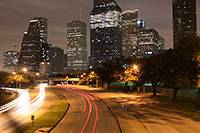 “
“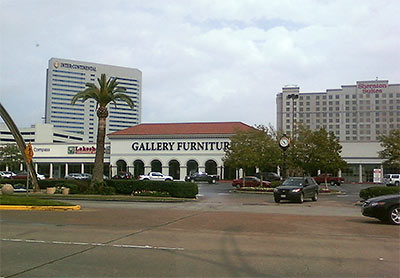
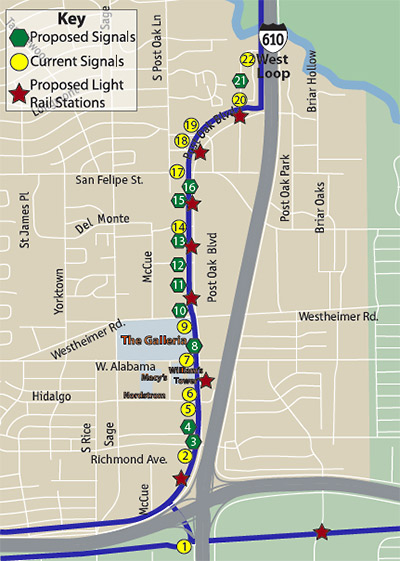
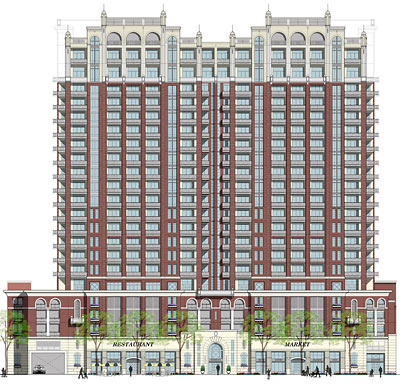

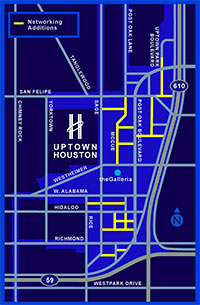 “The Uptown TIRZ and District are actively working to build a grid in Uptown. Much of it will be funded by existing and new developments by the TIRZ funds and not from the general taxpayer base. . . . [
“The Uptown TIRZ and District are actively working to build a grid in Uptown. Much of it will be funded by existing and new developments by the TIRZ funds and not from the general taxpayer base. . . . [